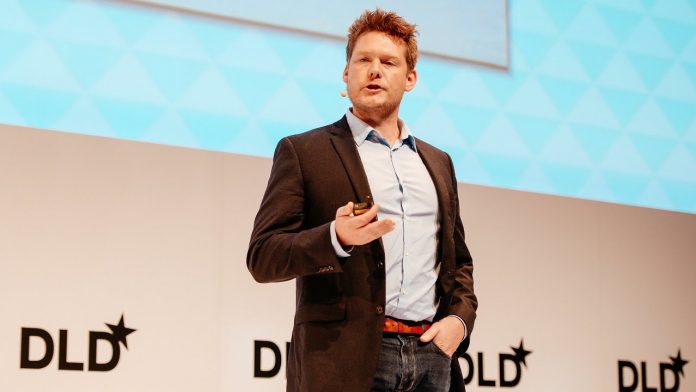In world history, some of the most technological innovations have been rather dull. By inventing steel shipping containers of the same size, the global economy was transformed, America became settled by barbed wire fences, elevators that allowed the formation of skyscrapers and cities. It’s amazing how remarkable things can be made possible by seemingly boring things.
Nevertheless, it was not adding lifts to buildings that changed the world but designing buildings around their potential. It was not the addition of containers to existing ships, but the construction of a whole new supply chain of logistics for a world of containers.
Advertising needs to reconsider itself
Unsurprisingly, it is industries that can be perceived as risk-averse, such as banking, insurance, and transport, which are filled with innovative, empathic, transformative possibilities for a deep rethink of what can be built. In the meantime, the industries that were most seen as imaginative and exciting, such as music, television, publishing, did the least.
Dynamic Publicity
Advertising has been the catalyst of imagination throughout its history. Creative was fixed, a product, a design. We have to think of commercials as guidance for the future. A list of call-outs and directions becomes an advert. What are they getting in? What data is being used? What trees of judgment exist? What are you measuring? Next time what happens? All these are becoming interesting new subjects.
The Universe Is A Market and Catalogue
We have done poor thinking and have not made any advancements in e-Commerce. We took a mail-order catalog, mailed coupons or phone calls from customers, and converted it into digital mail order. Actually, when we abolished curation, which was the benefit a store might add, we made it worse. With two clicks, you can now buy something from anywhere on the planet almost instantly. Now a possible trigger is every surface, every commodity, every advertising, every piece of email or mail.
Personalization rethinking
In advertising, the best joke is that personalization is desirable or feasible.
To build brands, brands need the right amount of waste, and it’s not zero. The distribution of “uncanny valley” is followed by personalized advertising. Less and it’s ineffective and vague, too much, and it’s guaranteed to freak people out at best, or be very or mildly wrong at worst.
Journeys for the Consumer
The camera, our contacts, and the map will soon be the three portals to the internet.
Only remember this. You’re messaging a buddy of yours because they want to see a movie, you’re looking for movies to watch, you’re preparing a meal before you decide, and then you need to book an Uber. A flow within an app could be this entire experience.
Likewise, you can see a movie poster, use the camera to snap it, decide which movie to watch, and then invite a friend. The ultimate way is to find stuff to do, see a movie theatre on Google Maps, see the start of a movie, and enter this way into the booking flow.
In these flows, we must begin to consider new ways of thinking about marketing.
Follow and connect with us on Facebook, Linkedin & Twitter

